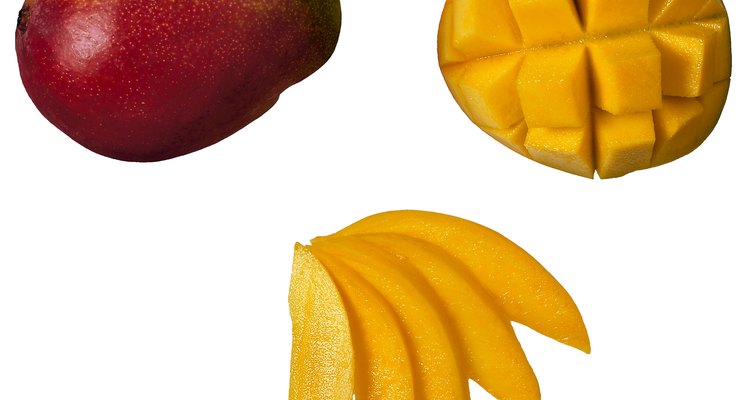
Brand X Pictures/Brand X Pictures/Getty Images
In the botanical context, core refers to a structure found in fruit of the pome category, including apples and pears. A core houses the seeds of a fruit, keeping them separate from the fruit's flesh. A mango doesn't have a core, and belongs to a different category than do fruits with cores. A mango is a drupe and has a pit, also called a stone, that houses the seed.
A Tropical Stone Fruit
A drupe is a category of fruit featuring a pit, or a stone, which is why the term stone fruit is also used for the fruits in this group. The pit is very hard, often having a wood-like look to it. The botanical term for this seed covering is the endocarp. The mango is a tropical fruit, but there are drupe fruits all over the world, including peaches and plums. The pits of these fruits are surrounded by flesh that is typically juicy and sweet.
The “Ultimate” Cling Stone Drupe
Described as the “ultimate example” of a cling stone drupe by Mohammad Pessarakli in his “Handbook of Plant and Crop Physiology,” the mango is made up of flesh that clings tightly to the pit. The flesh near the pit is quite fibrous in most varieties. In older mango varieties, the flesh of the fruit has some fiber, though not as much as there is near the pit. Modern commercial mango varieties have been carefully bred to reduce the fiber in the flesh, producing mangoes that are almost fiberless, except for in the area closest to the pit. Low-fiber mango varieties available today include Keitt, Kent and Haden mangoes, according to the National Center for Home Food Preservation.
Beware: Mangoes Have Dangerous Relatives
The mango tree is a member of a plant family that includes several poisonous plants. The Anacardiaceae family, commonly called the sumac family, includes the mango tree, poison sumac and poison oak. People who are highly allergic to poison sumac or poison oak may experience an adverse reaction from handling unripe mangoes, from eating mangoes and even from being around the trees when they are in bloom. Even people who experience just a typical level of skin irritation from poison oak and sumac can blister from touching the mango tree sap, including the sap from the end of the fruit when it is plucked from the tree.
Use Caution When Cutting
A ripe mango is very juicy, making it slippery. The fibrous flesh near the pit makes cutting more difficult. It's very easy for the knife to slip, resulting in a nasty cut. It is safer to use proper equipment – a sharp knife and a cutting board. Never cut a mango in your hand. The pit is in the center and, depending on the variety, is between 1/4 to 1/2 inch wide. Place the mango vertically on the cutting board, resting on the wider end. Slice the fullest part off one side, planning the cut with pit width and location in mind. Place the fruit cut side down on the cutting board and slice off the remaining full part. Carefully trim any usable flesh from the pit. The safest option is to use a specialized tool for mangoes, similar to an apple-corer, eliminating the risk of a cut from a knife slip.
Related Articles

How to Preserve Mangoes

Types of Greek Fruits & Vegetables
What Fruits Have Edible Peelings?

Information About the Orange Fruit

How to Keep Pomegranate Fresh
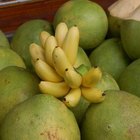
Foods From Rainforest Plants
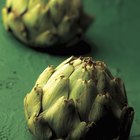
How to Parboil Artichokes
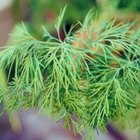
Dill Seed Vs. Dill Weed

Why Are Fruits Important?
How to Clean a Kiwi so the Skin Is Safe ...

What Are the Health Benefits of ...

Can You Eat the Green Stem of a ...

How to Eat a Kiwano Horned Melon
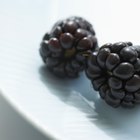
The Function of Fruits

How Much Fiber Is in a Tangerine?
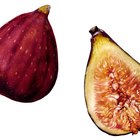
Should I Refrigerate Figs?

How to Freeze a Prickly Pear Cactus

How to Eat a Quince
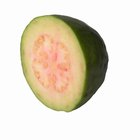
How to Peel Guava

Juicing for Wrinkles
References
- Palomar College, Wayne's Word, An On-line Textbook of Natural History: Durian, Papaya, Mango, Cashew, Hog Plum, Kaffir Plum and Burdekin Plum
- Handbook of Plant and Crop Physiology; Mohammad Pessarakli
- National Center for Home Food Preservation: The Mango – A Tropical Treat
- Purdue University, Center for New Crops and Plant Products: Mango
Writer Bio
Sharon Secor began writing professionally in 1999, while attending Empire State University. Secor specializes primarily in personal finance and economics, and writes on a broad range of subjects. She is published in numerous online and print publications, including Freedom's Phoenix, the ObscentiyCrimes and the American Chronicle.
Photo Credits
Brand X Pictures/Brand X Pictures/Getty Images